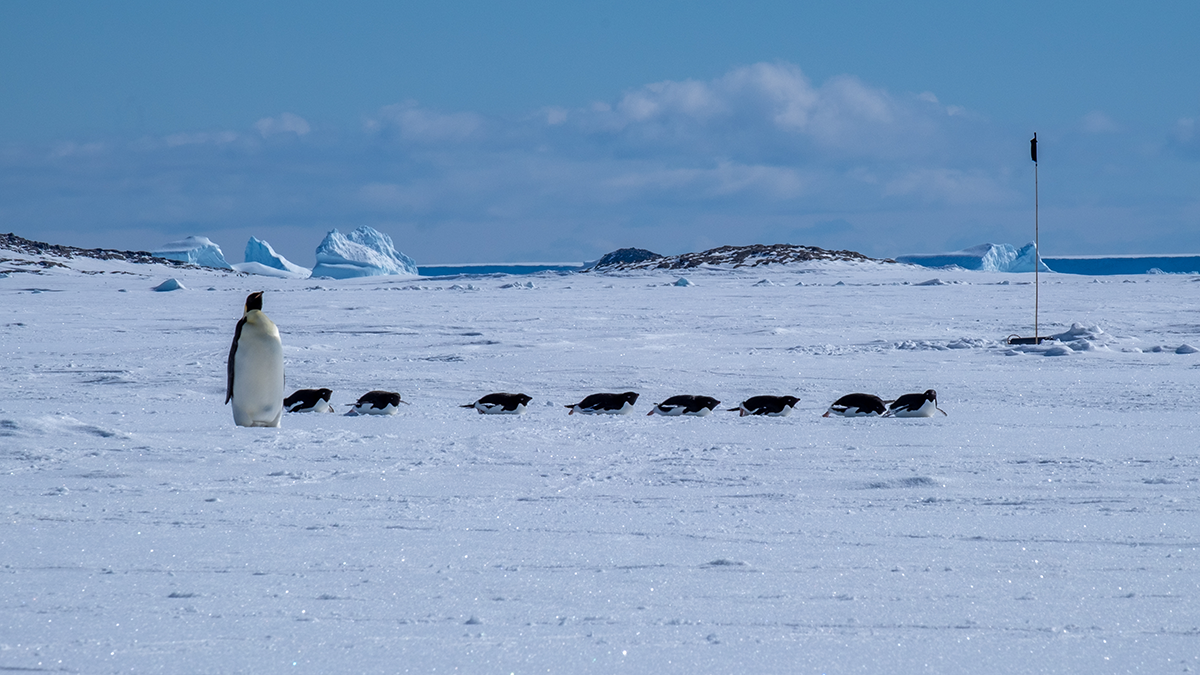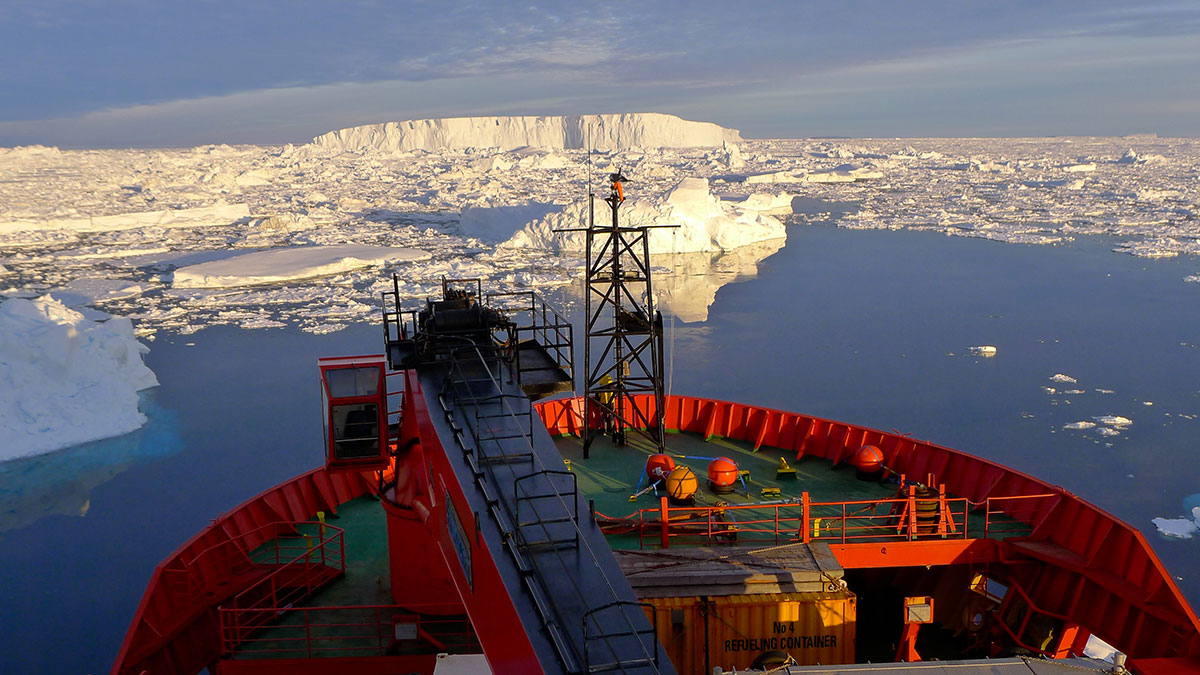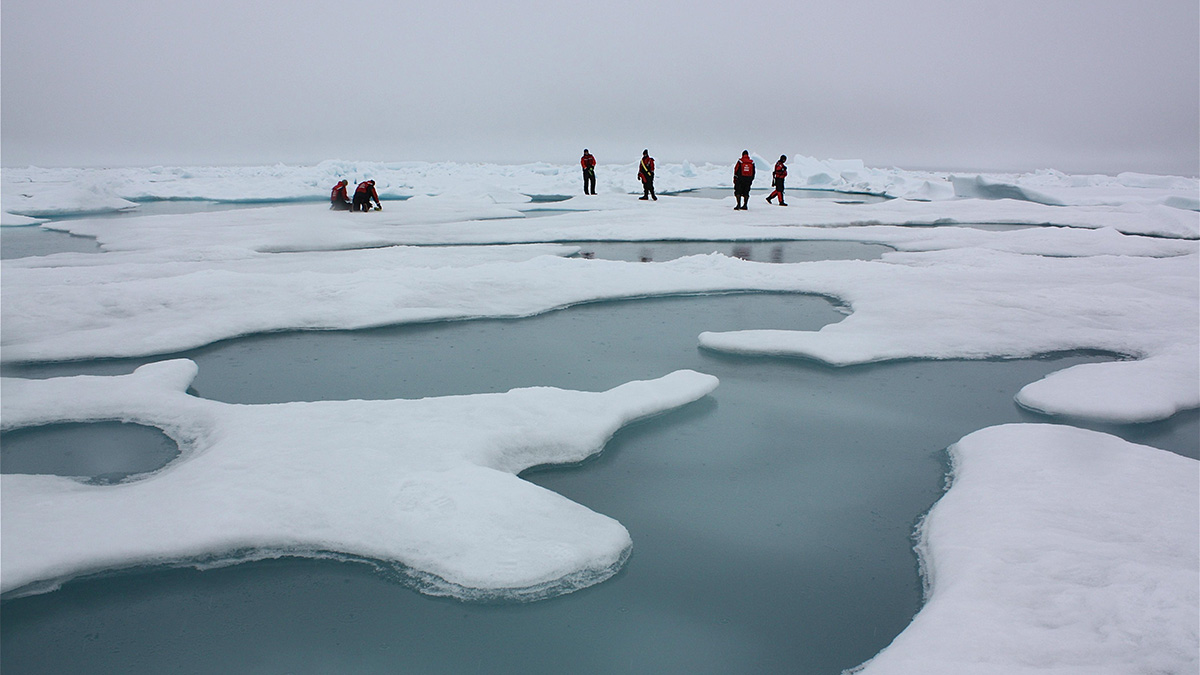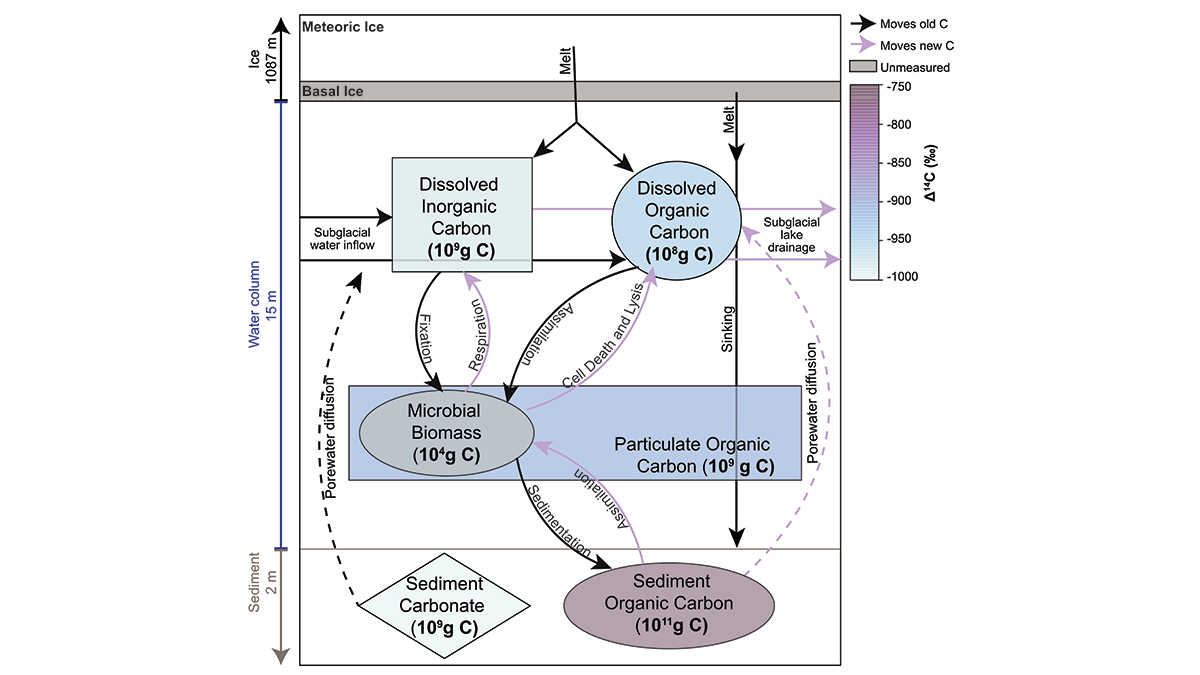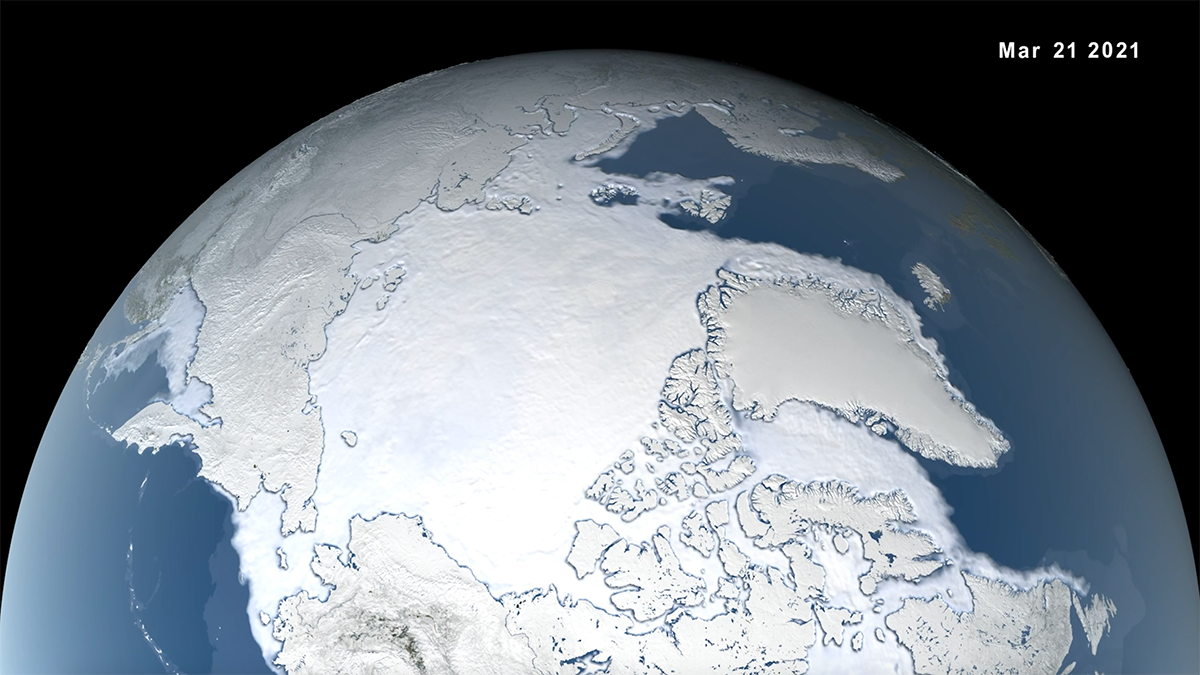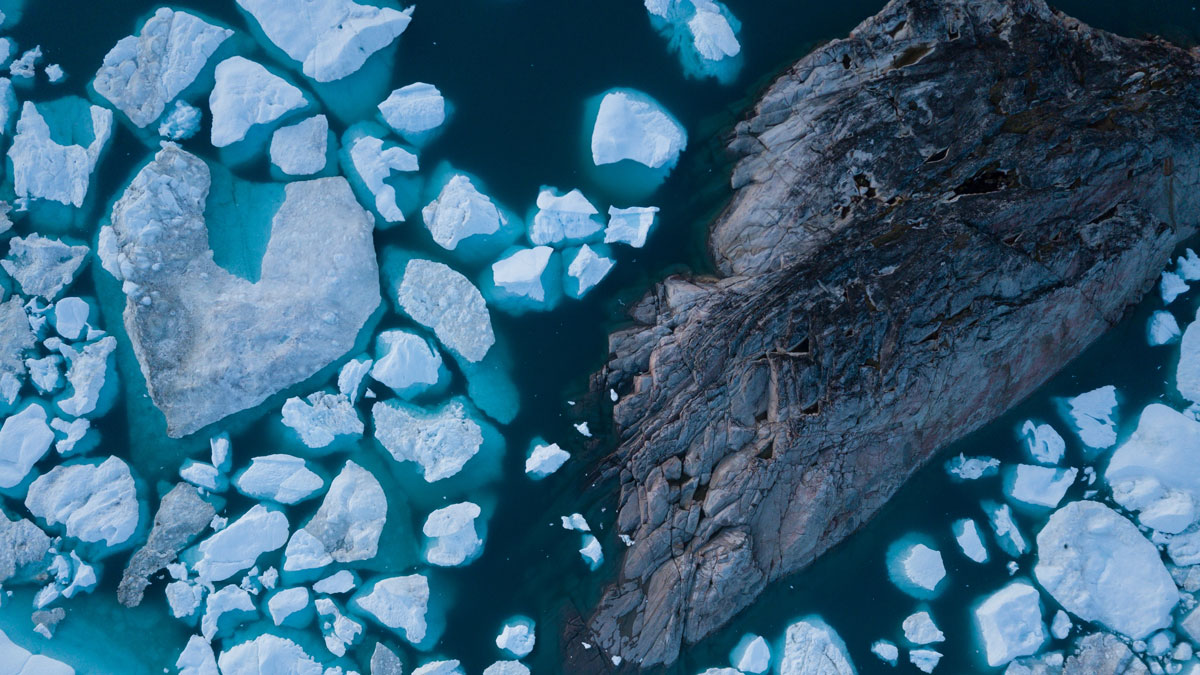The North Water polynya might not be as dependent on a sea ice bridge as previously thought, but not everyone is convinced.
sea ice
Landfast Sea Ice: The Most Important Ice You’ve Never Heard Of
Landfast sea ice, sea ice that is held stationary against the Antarctic continent, links firmly with many key climate processes, but its importance is only being fully realized as its extent dwindles.
Herbivore Diversity Helps Maintain Arctic Tundra Diversity
A long-term experiment in southwestern Greenland reveals that the presence of musk oxen and caribou helps stave off declines in Arctic tundra diversity brought on by climate change.
Meltwater from Antarctic Glaciers Is Slowing Deep-Ocean Currents
Antarctic ice drives crucial deep-ocean currents that help regulate Earth’s climate. But the system is slowing down.
Sea Ice Is Going, but When Will It Be Gone?
A pair of studies demonstrate the uncertainty over when the Arctic will become seasonally sea ice free.
Clues from a Subglacial Lake for Holocene Grounding Line Change
Organic carbon sampled in the lake contained radiocarbon, indicating connection to the ocean in the mid-Holocene, when the grounding line was up to 260 kilometers inland of its current position.
Rivers in the Sky Are Hindering Winter Arctic Sea Ice Recovery
Climate change is increasing the frequency of moisture-dumping atmospheric rivers in the Arctic. The storms are pushing back sea ice at a time of year when it should be expanding.
How Thick Is Antarctic Ice, and What Is Underneath?
Scientists used electromagnetic fields to determine the thickness of fast ice.
El derretimiento del hielo marino del océano Ártico potencia las mareas
Si el cambio climático anula el ciclo estacional de hielo y deshielo, se desencadenaría un ciclo de retroalimentación de derretimiento del hielo marino en algunas partes del Ártico canadiense.
Third-Wettest Year in Arctic Wraps Up
The annual Arctic Report Card charts the rise in rain in northern latitudes and serves as a new “vital sign” of the region’s shifting climate.


